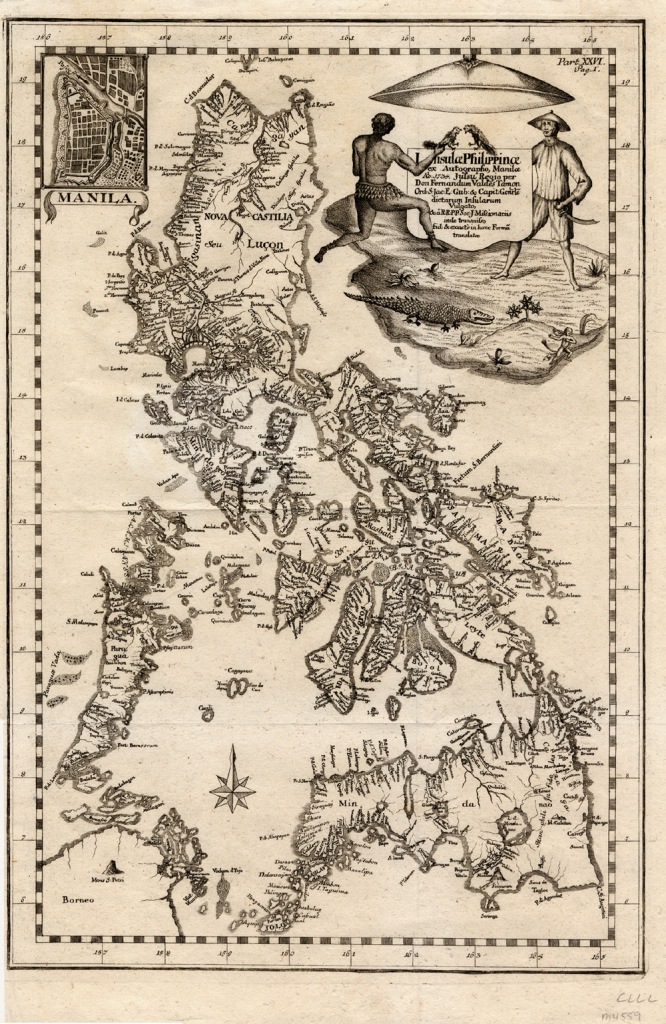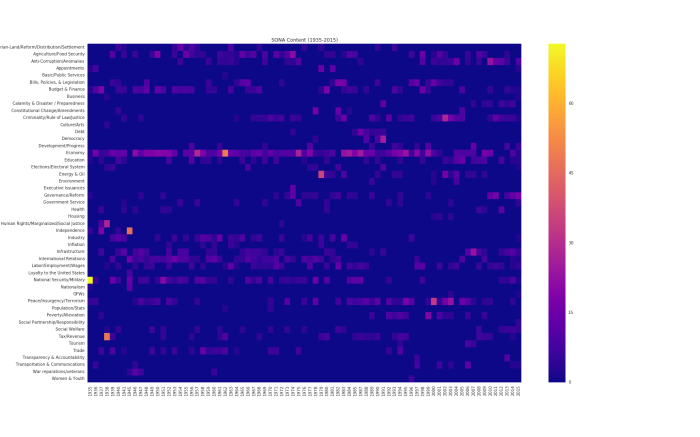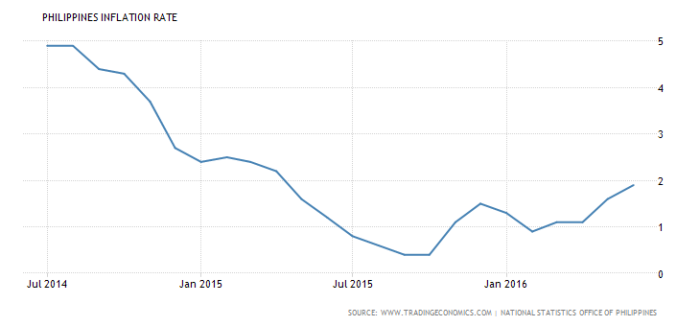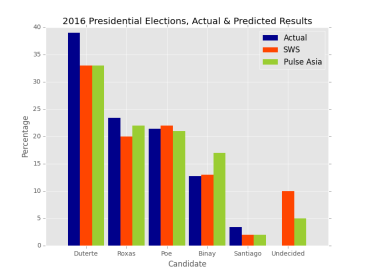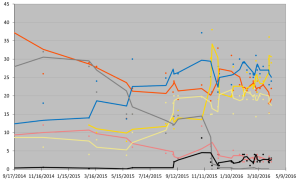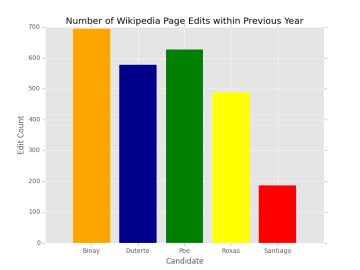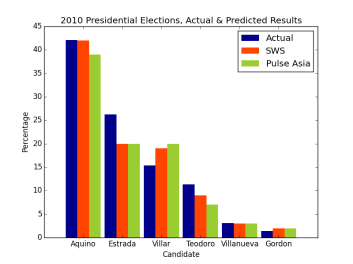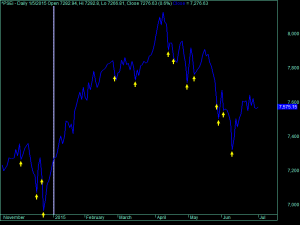It typically takes me anywhere between 10 to 15 minutes to get from home to the office each morning. In that span of time, while on the ride to work, I always enjoy drifting aimlessly from one random thought to another. And so, it was in that wandering state of mind that I stumbled into a couple of fairly straightforward but nevertheless interesting proofs to some fairly basic math statements.
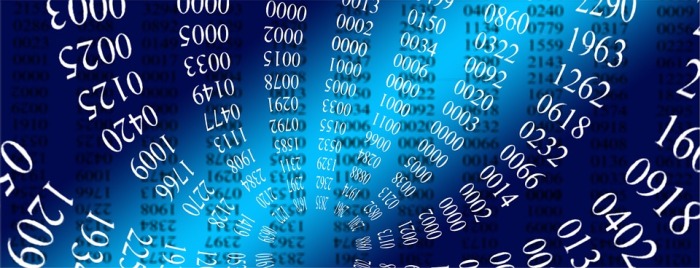
While browsing through my Twitter followers list yesterday, I was quite surprised to find Fermat’s Library (@fermatslibrary) as one of my followers. Of course, I followed back that very moment and found a few tweets from their timeline that really jumped out at me:
Apparently, these are very brief proofs concise enough to fit in a tweet, hence the #ProofInATweet hashtag.
The only problem was that the proofs were presented as photos, something which my screenreader couldn’t help me with. So I decided to do the proofs myself, but I neither had the time nor the motivation right there and then to try working through them (it was a Sunday, after all, and I had a few book chapters to finish reading yesterday).
It was only today while en route to work that I really got the chance to ponder about this more carefully. And around the time I arrived at my desk, right before I started checking my emails, I was finally able to put everything together. Please note that it was already way past my bedtime when I wrote this post, so do check my calculations as I’m quite certain I screwed up somewhere. That said, here’s what I came up with.
Continue reading “Some Simple Proofs I Came Up With On My Way To Work”
